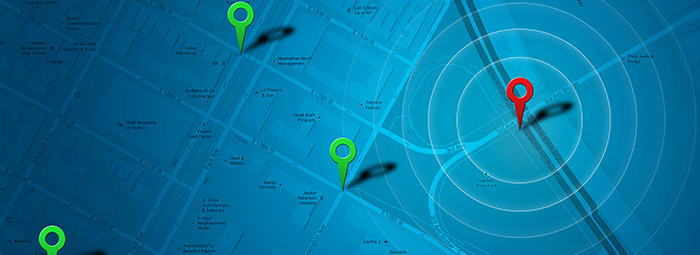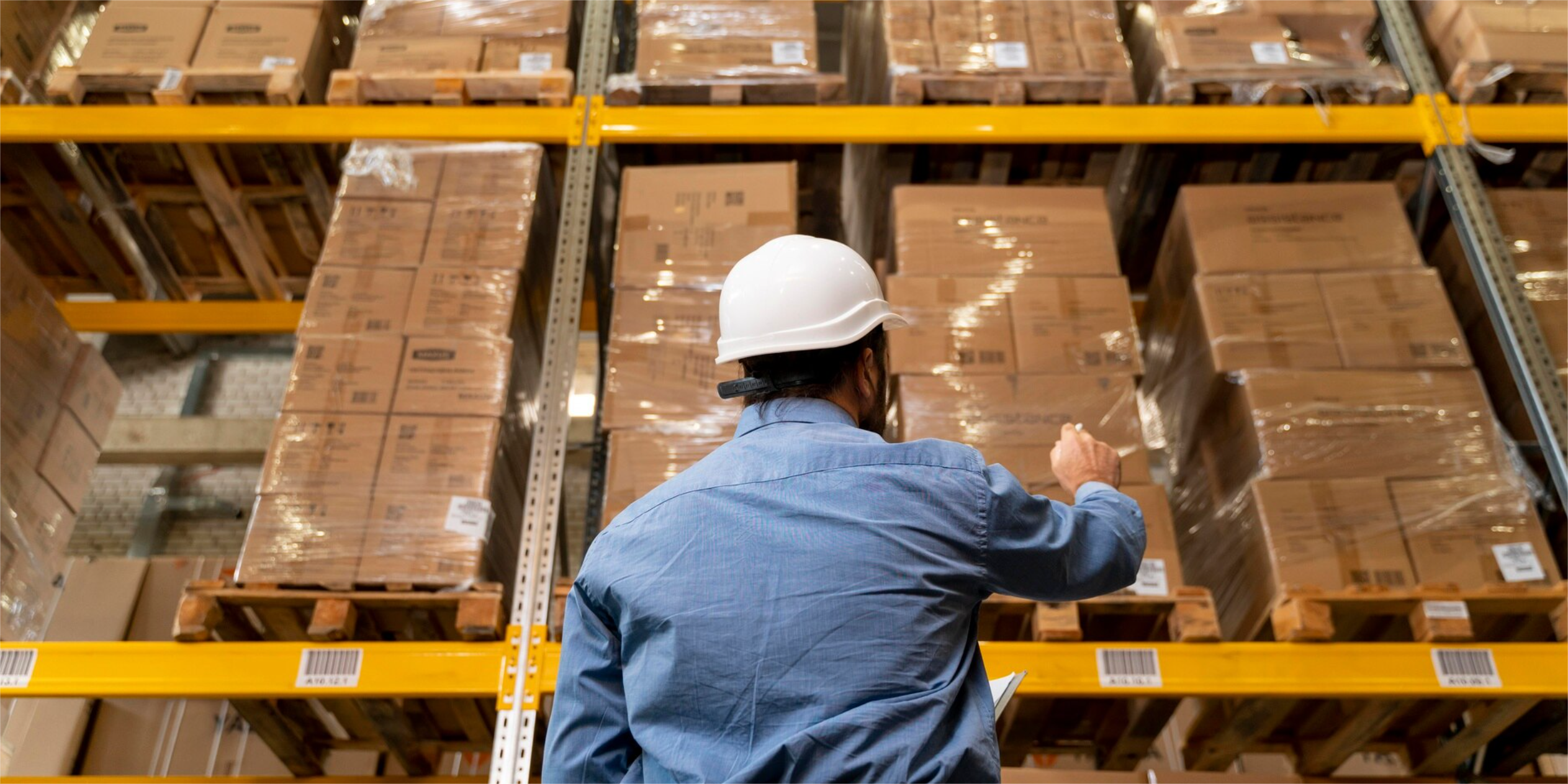As the complexity of the supply chain grows, the need for tech solutions with increased transparency and visibility for better decision making grows too.
Visibility in the supply chain refers to the ability to trace, monitor, and get information throughout the logistics process, aiming to make better decisions to optimize operations, increase our capacity to respond to clients, and solve unexpected problems.
We are in the dawn of the predictive logistics age, in which both the supply chain management and smart technology work together to foresee delays in shipments and to allow companies to adjust their manufacturing schedules.
According to Gartner’s Smart Insights for the Market of Real-Time Visibility and Monitoring Solutions, visibility is one of the three main initiatives in supply chains financed in 2019 since 46% of leading logistics companies mentioned it as a priority for investment.
According to Gartner, end-to-end visibility may result in:
- Savings in Costs of up to 20%
- Lower Inventory Turnover from 10 to 7 days
- Improvement of Customer Experience and Satisfaction Levels
- Speeding up the Transportation Process up to 5%
In addition, other benefits materialize that, undoubtedly, turn into competitive advantages:
- Foresee interruptions, which allows companies to come up with proactive plans to address them.
- Have an updated view of the client – destination status, which allows companies to assess any necessary changes and resources.
- Lower staff costs (loaders and drivers) by decreasing the administrative tasks.
- Improve the efficiency of the operation by lowering downtime at warehouses.
- Lower potential fees due to delivery breaches.
- Improve freighters’ profitability by increasing driving time and lowering loading and unloading locations.
- Speeding up management by documenting operations and sending notifications over the platform.
Even though real-time visibility is essential for the future of the supply chain, it is not easy to make it work overnight. The main challenges companies face to do this are the silos in their IT rooms and the planning made on basic systems, such as spreadsheets. Therefore, to incorporate real-time visibility, Gartner recommends embracing a strategic viewpoint based on these aspects:
- Start with the transportation mode that offers greater value and, once everything is working properly, expand the coverage and the visibility capabilities.
- As visibility is incorporated, prioritize driver’s compliance; in other words, get monitoring information.
- Find a real-time visibility supplier with a vast network and automate the incorporation process.
- Prioritize data accuracy and quality for a better estimation of arrival times. Using a solution that prioritizes direct API connections or integrations to devices will ensure accessing data in real time.
- Share the information you get with the transportation, warehouse, yards, and fleet management departments.
Is there anything like real-time visibility out there?
Before, visibility depended on drivers giving companies their cellphone numbers and allowing them to track them; however, new laws on data exchange have rendered this method unusable in some countries.
Even if you were to buy a specific system to increase visibility, the truth is that companies cannot reach 100% visibility because it depends on the integration of its systems with those of freighters who, in turn, track their vehicle’s devices. Furthermore, we must also consider that drivers may turn off their cell phones or uninstall the tracking application if they feel overly controlled.
It is a fact that freighters will be the first to benefit from predictive logistics technology because they will be able to monitor their movements in (an almost) real time, making informed decisions, and have better interactions with their clients.
By increasing the communication between suppliers, freighters, logistics companies, and clients we can observe results in the short and medium terms that help companies come up with differentiators to stand apart from their competitors.
Solistica offers advanced technology that guarantees real-time visibility and transparency for our clients’ shipments.






